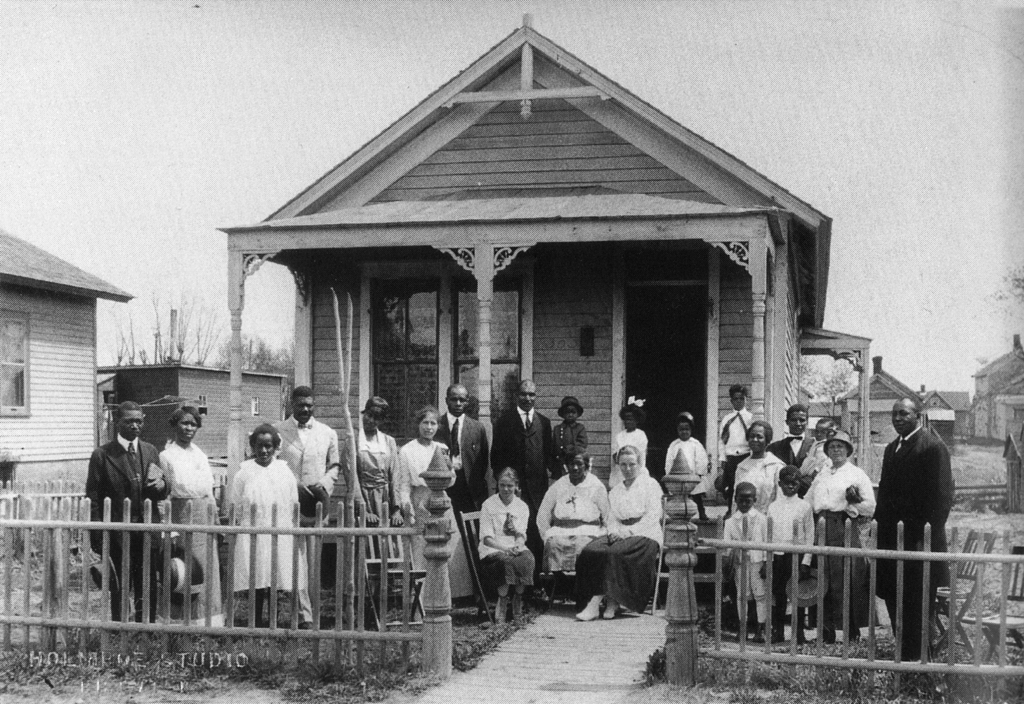The Second Baptist Church, Bismarck, North Dakota, organized in 1917 to serve the African American residents of the city, including some who had previously attended the predominantly white First Methodist Episcopal Church. The immediate impetus for organization of Second Baptist came from a series of rally meetings led by a visiting female evangelist, Mrs. O. G. Snellgro, early in the year. On May 3, 1917, the Bismarck Tribune announced, “The second Baptist church (or colored church) is now a reality in Bismarck.” A soliciting committee raised $534.40 to purchase a residential bungalow at 305 South 8th Street which was remodeled as a church.
African American settlement in Bismarck commenced in the 1880s with roustabouts and other laborers who resided in the “under the hill” neighborhood near the Missouri River. Other African American Bismarckians in the early twentieth century moved into a mixed neighborhood in the central city.
Second Baptist was in this latter neighborhood, but it drew attendees from under the hill. The black population of Bismarck during the active years of the church was only about fifty. A 1919 city directory indicated a membership of twelve for Second Baptist, although its social and fundraising events drew much larger, mixed-race crowds.
Second Baptist punched above its weight on the Bismarck community scene, its church dinners getting considerable coverage in the local press. On June 2, 1921 the Tribune marked the service of a “truly high class dinner,” a “regular southern dinner . . . with Chicken à la Maryland, boiled ham, apple dumplings, peach cobbler, and all the rest of it.” For the city’s loyalty rally in June 1918, Mrs. Beasley, the pastor’s wife, chaired the committee on arrangements, and the church ladies served refreshments. White community members also were drawn to Second Baptist events and services by the music, which featured, as the newspaper said, “the old plantation melodies.”
Although the surrounding community and its press may have considered the church and its activities matters of picturesque interest, its members consciously strove to better their standing through constructive engagement. One congregational leader told a reporter in 1920 that they hoped to “bring about a better understanding of the moral, social and industrial conditions of the race.”
Family members of future journalist, editor, and memoirist Era Bell Thompson attended Second Baptist for several years. In American Daughter she refers to Second Baptist as “Grace Baptist.”
Pastors who led Second Baptist included Moseley W. Withers, L. R. Call, D. E. Beasley and J. C. Bothie. Its most prominent laypersons were businessman George H. Coleman and his wife, Mrs. Jessie Coleman, who helped provide the initial church funding.
Other active laypersons included deacon Charles Wright, a clerk, and wife Carrie; Mary Spriggs, a widow and laundress; Thomas Lee, a cook; and Laura Jackson, who led all fundraisers for the building fund in 1917.
With the advent of the Great Depression, the black population of Bismarck dwindled. Second Baptist Church was still listed in a 1928-29 city directory, but not in 1932-33.


